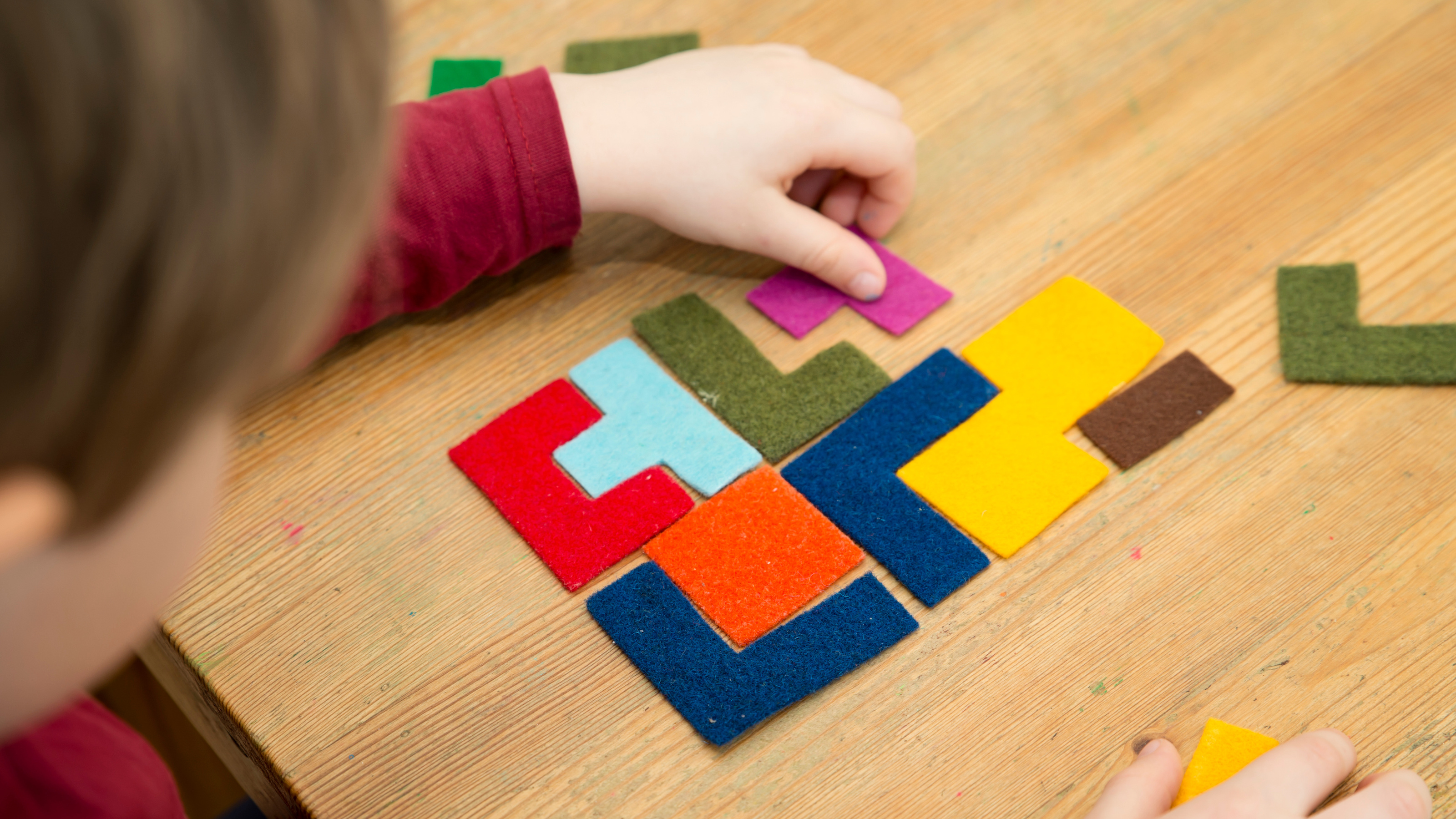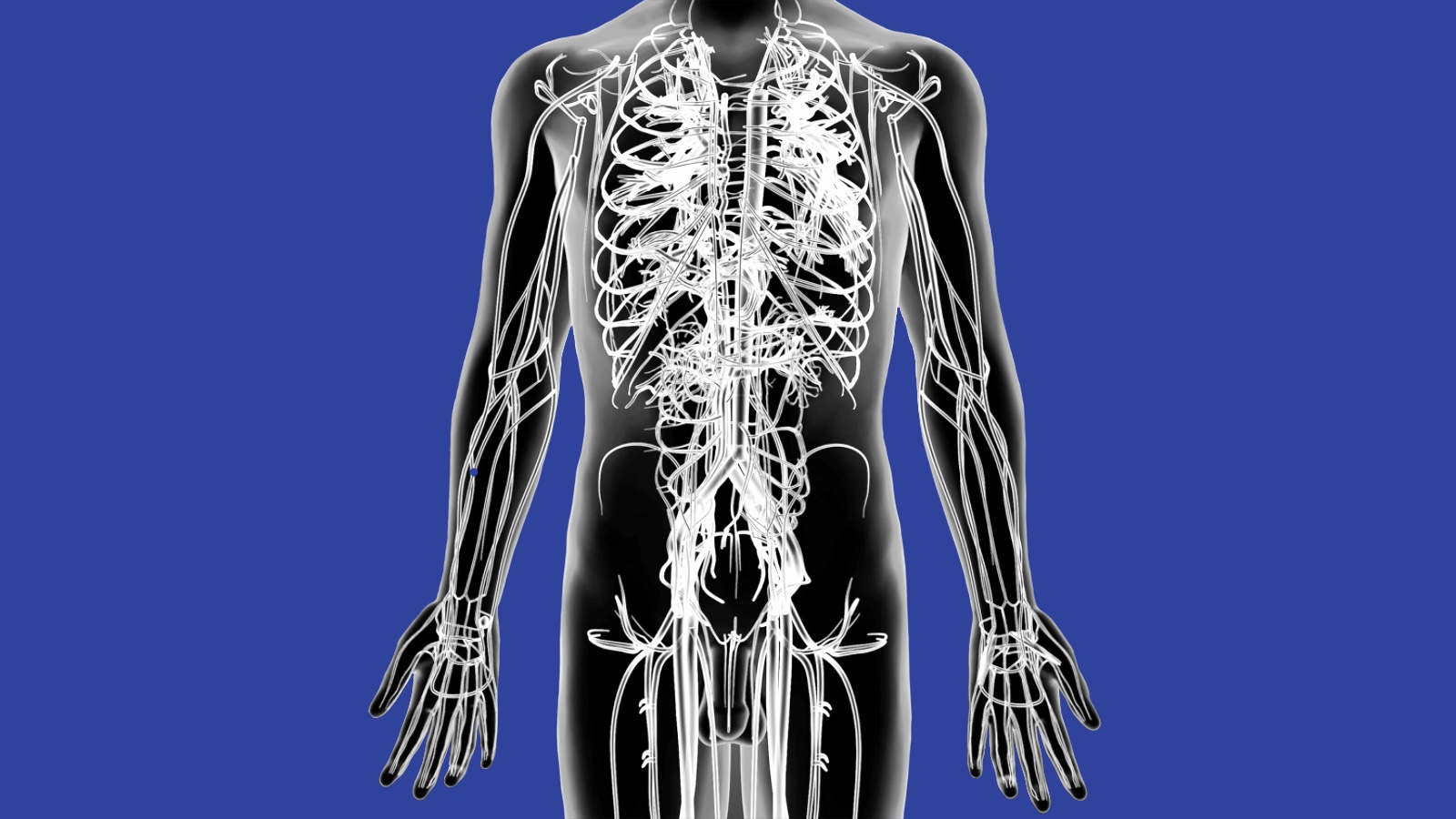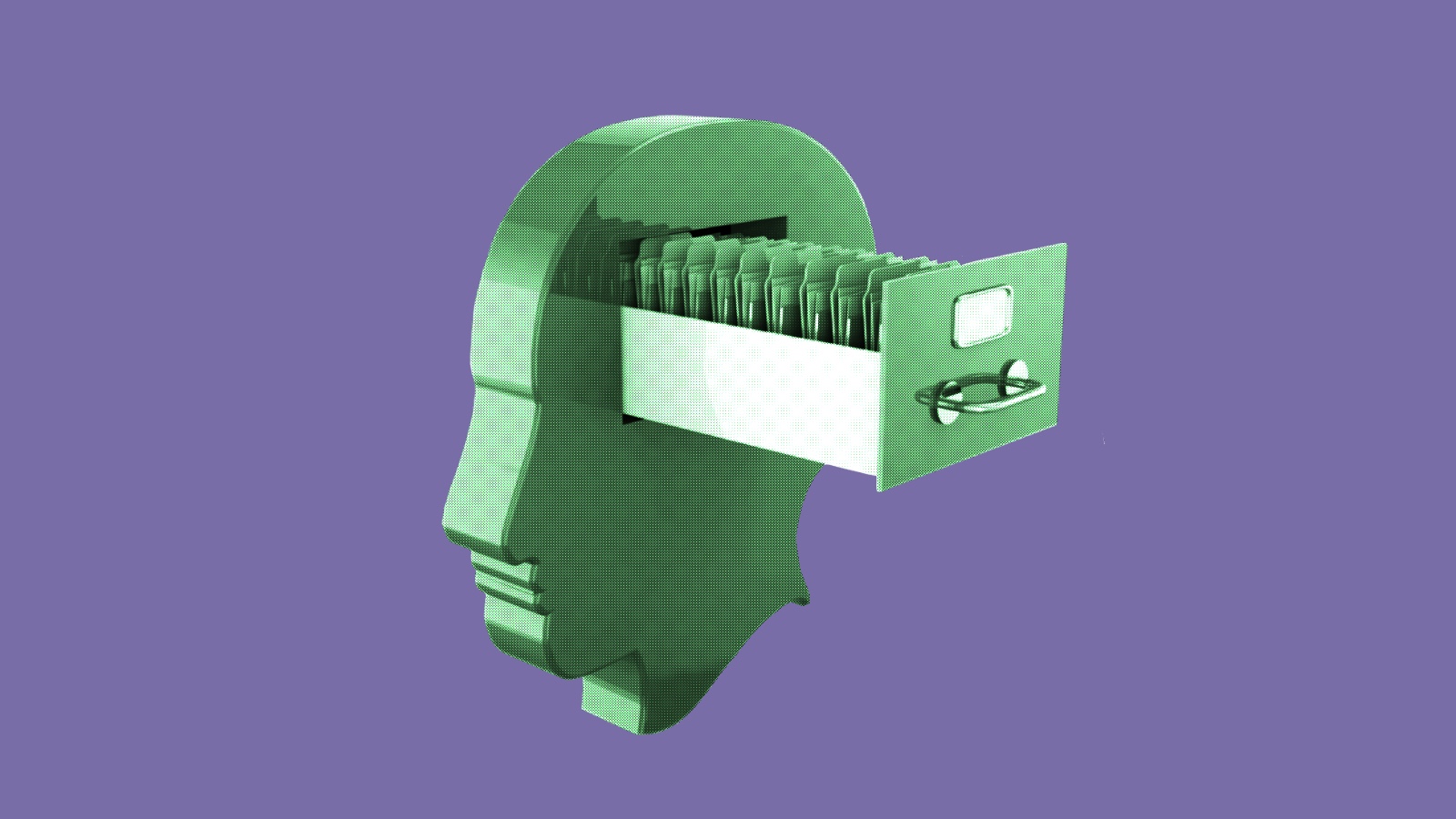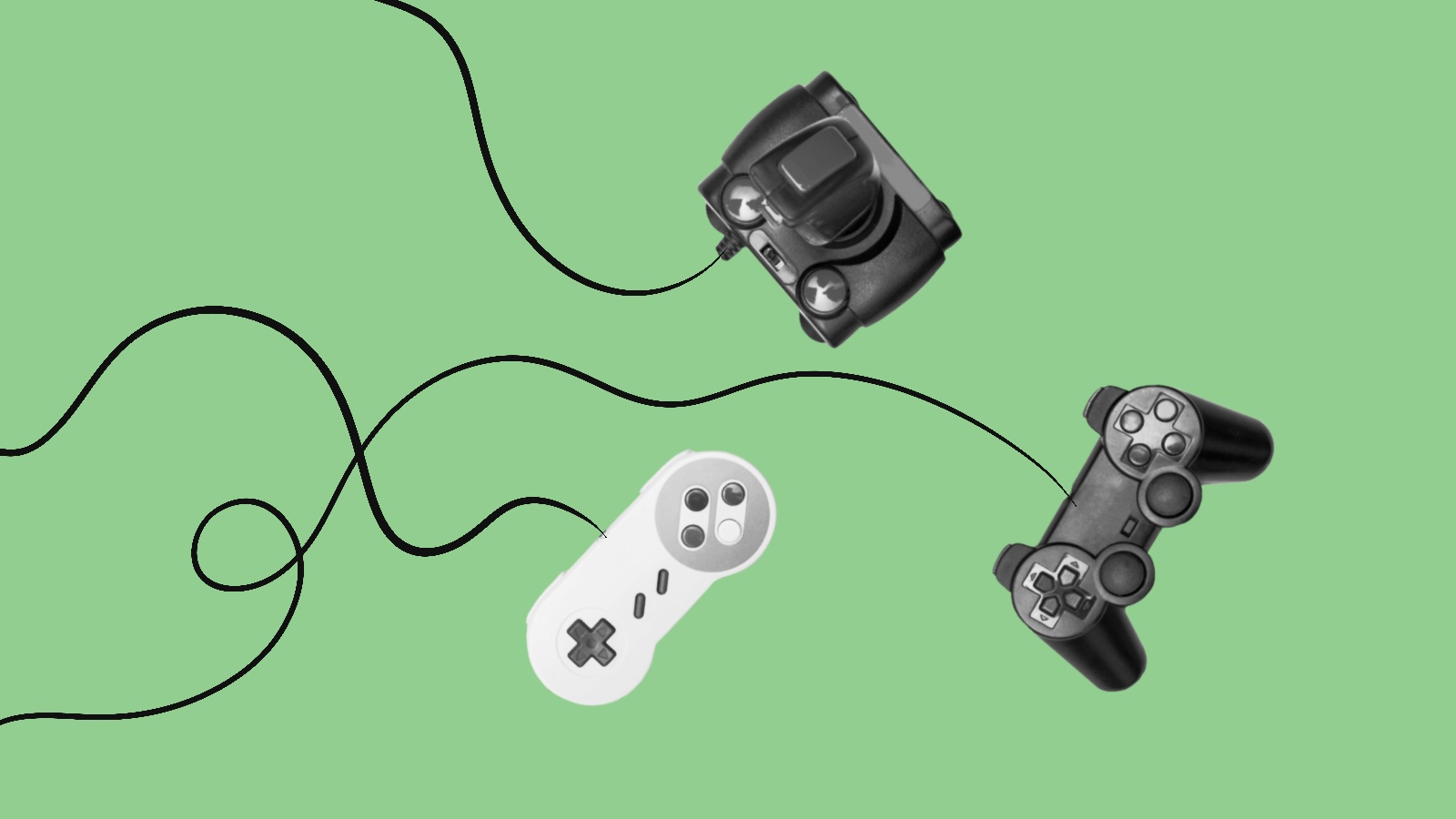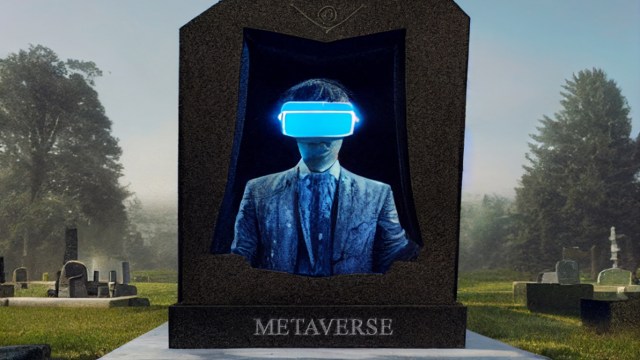The neuroscience of why children learn more quickly than adults
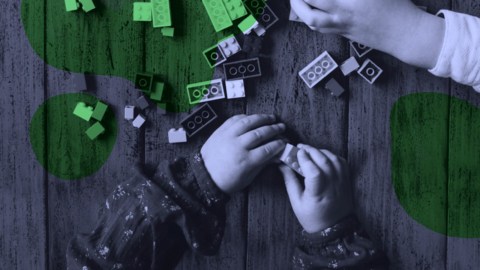
- Children can learn more than adults in a given period of time.
- This may be due, in part, to a neurotransmitter called gamma-aminobutyric acid (GABA).
- When learning new information, children experience bursts of GABA, while adults do not.
Researchers in Germany say they have discovered a brain mechanism that enables children to learn more efficiently than adults.
Children can learn more than adults in a given period of time, and it is assumed that they can do so because new memories are quickly stabilized in the brain so that later information does not interfere with them. In adults, such stabilization is thought to occur because of inhibitory processing mediated by a neurotransmitter called gamma-aminobutyric acid (GABA), which suppresses neural activity associated with any new information.
Previous research suggested that inhibitory processing is not fully developed in children and adolescents, and only matures in early adulthood, but these studies did not examine GABA activity over time, or in the context of learning. So, Sebastien Frank of the University of Regensburg and his colleagues used functional magnetic resonance spectroscopy (fMRS) to measure GABA concentration in children and adults before, during, and after a visual perception task.
They recruited 56 children aged 8 to 11 years and fifty-six adults and showed them pairs of images, one of which had a pattern with a specific orientation. After viewing each pair, the participants had to report which of them contained the pattern.
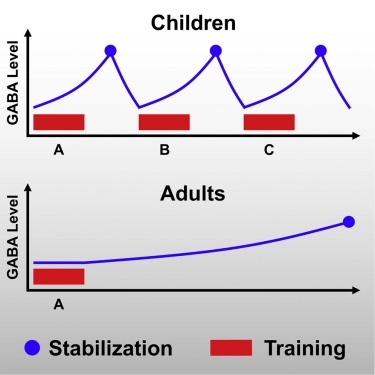
Meanwhile, the researchers used fMRS to measure GABA levels in the visual cortex while the participants trained on and performed the task, and again afterward. In the children, GABA concentration increased rapidly during the training period, and this increase persisted until after the task. The adults, by contrast, showed no change in GABA concentration over the same time course.
Previously, the researchers showed that when adults perform the same task with two different patterns, the second pattern interferes with learning of the first if the two training sessions occur within one hour of each other. This time, when participants performed the task with two patterns, this interference occurred in the adults, but not in the children.
The results, published in the journal Current Biology, suggest that children learn more efficiently than adults because increased GABA levels rapidly stabilize visual perceptual learning to prevent interference from new information. This likely occurs because of increased inhibition of neurotransmission mediated by GABA in the visual cortex, but it is not clear if this also applies to other types of memories.
In this study, the researchers scanned participants’ brains repeatedly every three minutes before, during, and for up to 20 minutes after completion of the task. They say that GABA concentration may increase more slowly in adults, such that it may only be detectable hours after the task.
According to senior author Takeo Watanabe, the findings could be used to improve learning efficiency in adults: “For example, a new technology or therapy could be developed to increase the amount of GABA in the brains of adults.”
